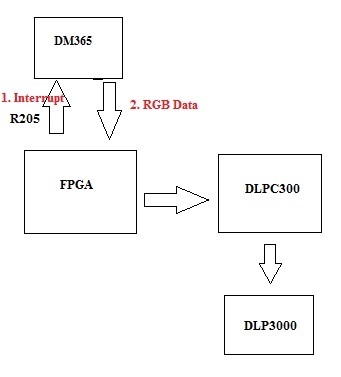As we known, there are 2 main modes by displaying: External Sequence Mode and Internal Sequence Mode.
Now we have an application that requires projecting more than 96 (about 400~600) 1-bit patterns by using LCr GUI, and i was able to upload more than 96 1-bit images by the drop down list trick and display. But now i have no idea which display mode i have by this application used, External Sequence Mode or Internal Sequence Mode?
The second question: we can save all the 1-bit images as "Solutions", i want to known where are they in LCr actually saved, i mean which memory?
Thanks a lot!
best regards,
Di


